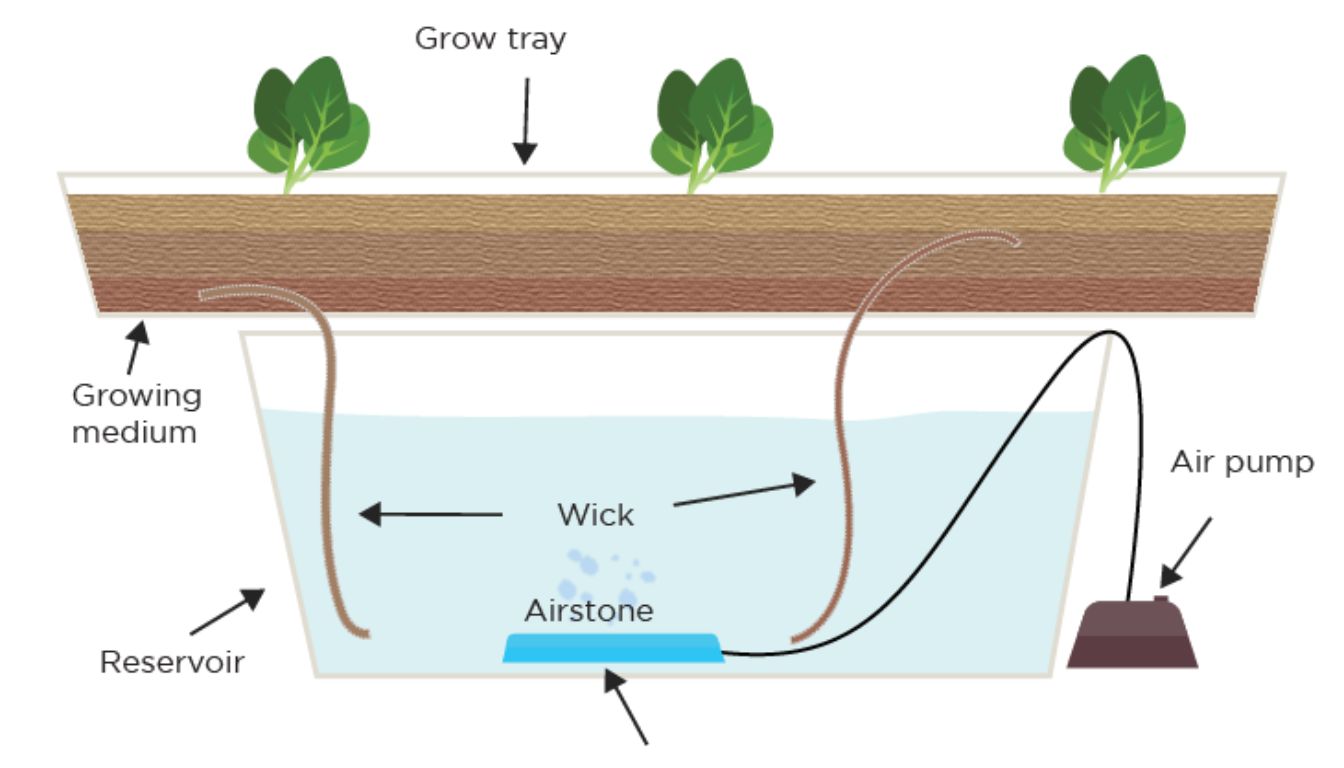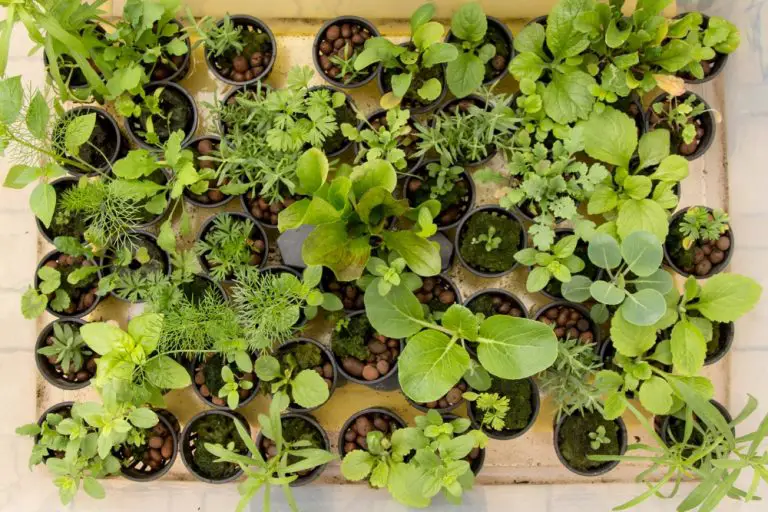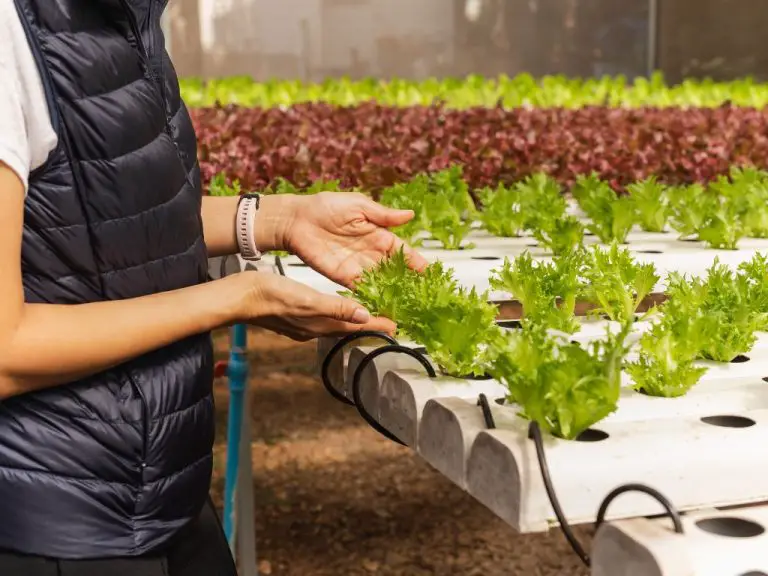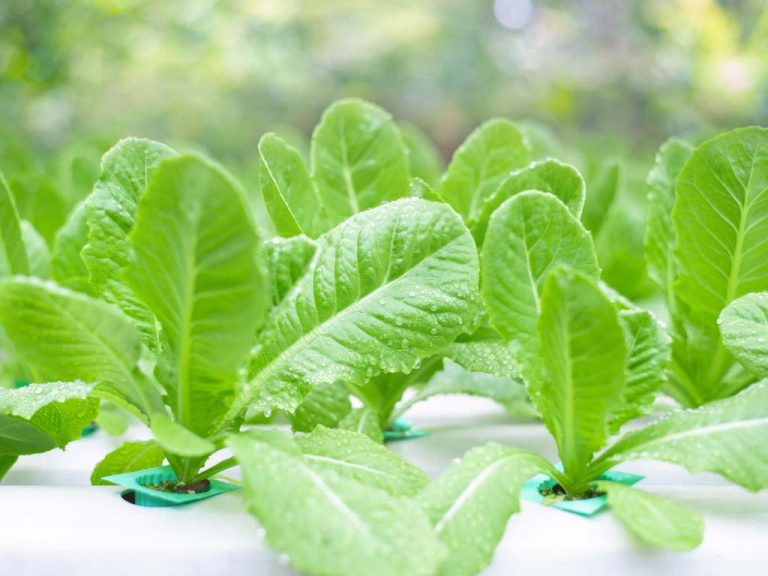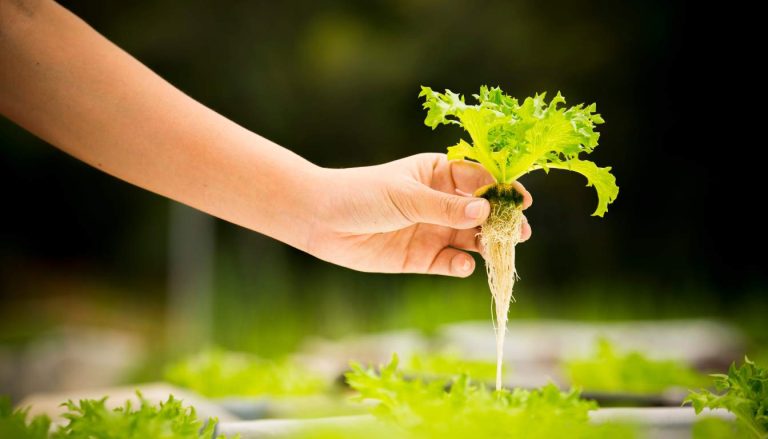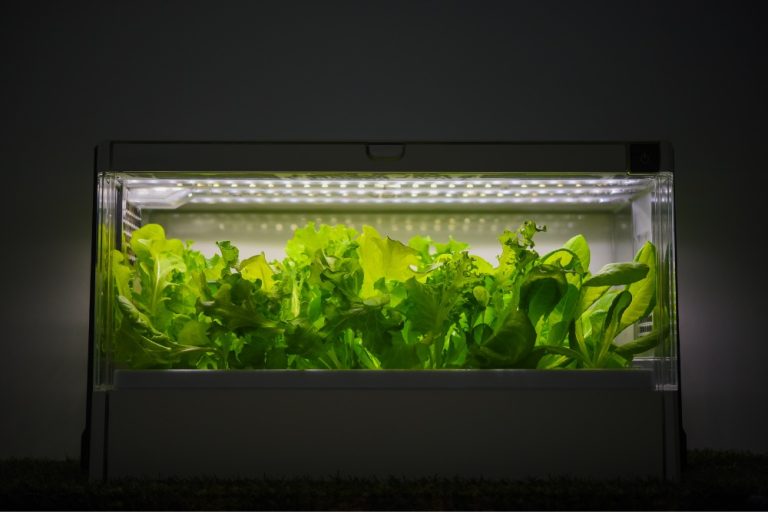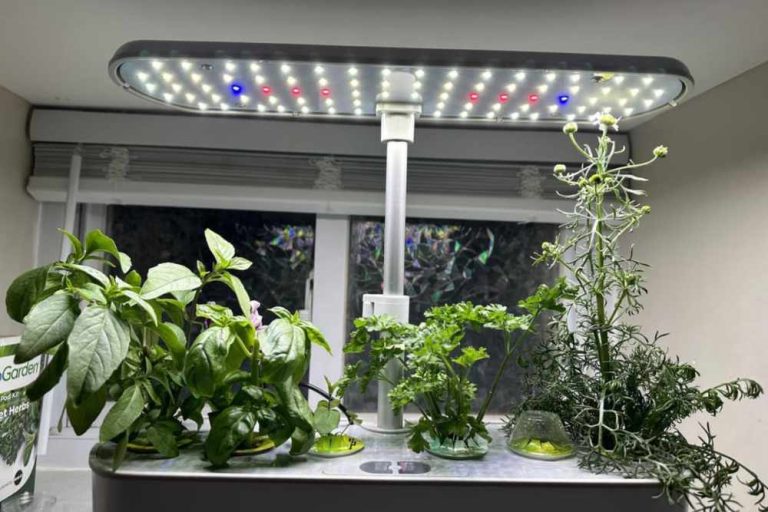Exploring Wick Hydroponic System Advantages and Disadvantages
Are you interested in hydroponic gardening? Have you considered using a wick hydroponic system? In this article, we will delve into the benefits and drawbacks of this simple and beginner-friendly hydroponic system. By understanding the advantages and disadvantages, you can make an informed decision about whether a wick hydroponic system is the right choice for your gardening needs.
Discover the wick hydroponic system advantages and disadvantages. Dive into an in-depth analysis of this popular cultivation method in the U.S.
Key Takeaways:
Benefits of Wick Hydroponic Systems
Wick hydroponic systems offer numerous advantages that make them a popular choice for beginner hydroponic gardeners. One of the key benefits of using a wick system is its simplicity and ease of setup. With just a few basic components like a container, wicking material, and a water source, anyone can start their own hydroponic garden without the need for complex equipment or specialized knowledge.
Another advantage of wick hydroponic systems is their versatility. These systems can be used in various settings, including small indoor spaces or areas with restricted zoning laws. They are also a practical option for gardeners who want to grow plants without soil or in areas with limited access to sunlight.
Reliability is another notable benefit of wick hydroponic systems. Unlike other hydroponic systems that rely on pumps and electricity, wick systems continue to deliver water and nutrients to plants even during power outages. This ensures that your plants will receive the essential resources they need to thrive, regardless of unforeseen circumstances.
Overall, the benefits of using a wick hydroponic system make it an attractive option for those looking to explore the world of hydroponics. Its simplicity, versatility, and reliable performance ensure that even beginners can achieve successful plant growth and enjoy the rewards of a thriving hydroponic garden.
Read – How Does a Wick System Work?
| Benefit | Description |
|---|---|
| Simple Setup | Easy to assemble with basic components |
| Versatility | Suitable for small spaces and restricted zoning |
| Reliability | Continues to provide nutrients during power outages |
Exploring the Drawbacks of Wick Hydroponic Systems
While wick hydroponic systems offer several advantages, it’s important to consider their drawbacks before deciding to use this method of gardening. One significant disadvantage is the potential for nutrient delivery issues.
In some cases, the wicks can become clogged or saturated with water, leading to poor plant growth. This can result in stunted plants or even plant death. It’s crucial to monitor the wicking material regularly and ensure that it remains clear and functional.
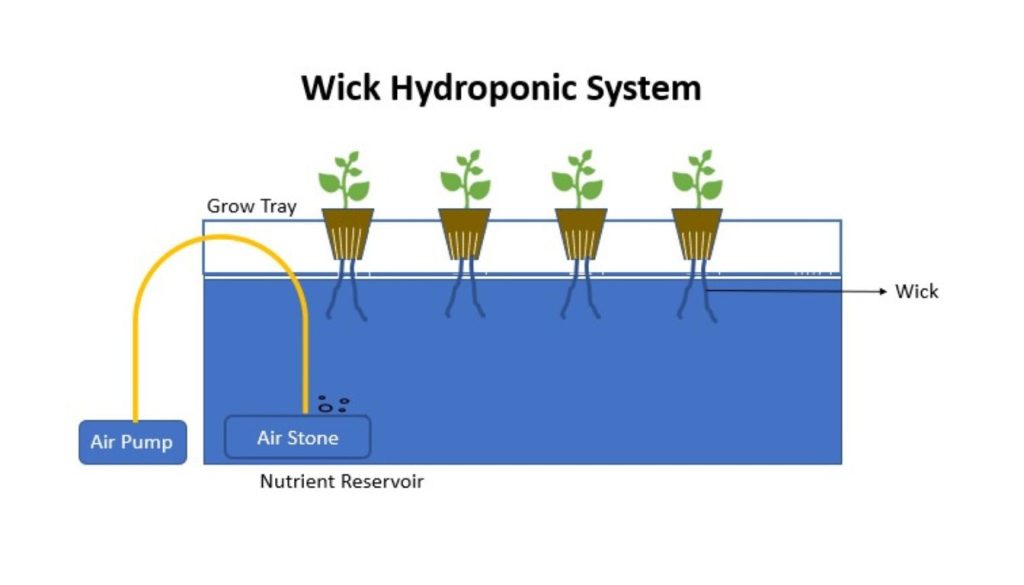
Another drawback of wick hydroponic systems is their increased susceptibility to pests and diseases. Since the plants are in direct contact with the water and nutrient solution, they may be more prone to infestations and infections. It’s important to implement appropriate pest management strategies and maintain a clean and hygienic growing environment to minimize the risk.
Furthermore, wick systems may not be suitable for growing plants with larger root systems. The reliance on wicking material to deliver water and nutrients may not adequately support the growth of plants that require more resources. It’s essential to consider the specific needs of the plants you intend to grow and ensure that a wick system can meet those requirements.
Read – What Plants Grow Well in Hydroponics?
Disadvantages of Wick Hydroponic Systems:
| Disadvantages | Explanation |
|---|---|
| Potential nutrient delivery issues | Wicks can become clogged or saturated, leading to poor plant growth. |
| Susceptibility to pests and diseases | Direct contact with water and nutrient solution can increase the risk of infestations and infections. |
| Not suitable for plants with larger root systems | The wick system may not adequately support the resource requirements of larger plants. |
By considering these drawbacks, growers can make an informed decision about whether a wick hydroponic system is the right choice for their specific needs. While wicks offer simplicity and versatility, it’s crucial to evaluate the limitations and potential challenges associated with this type of system.
Tips for Setting Up a Wick Hydroponic System
Setting up a wick hydroponic system is a straightforward process that requires a few essential components. By following these steps, beginners can successfully set up their own wick hydroponic system.
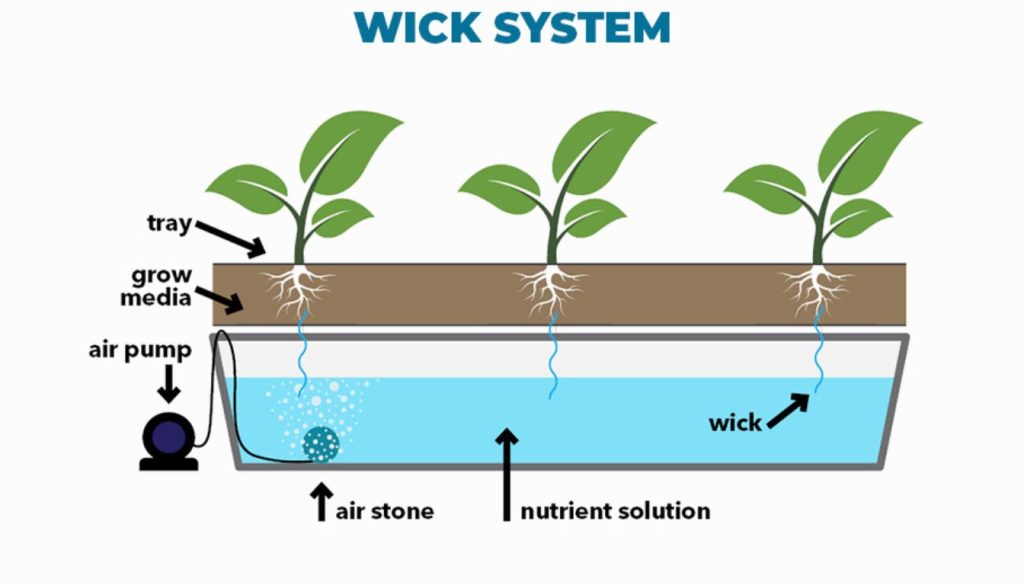
Gather the Necessary Materials
Before starting the setup process, gather the required materials. You will need a container or pot for the plants, a reservoir for the nutrient-rich water, a suitable growing medium, wicking material (such as cotton or rope), and organic nutrients.
Position the Wick Properly
Next, position the wicking material in the container or pot to reach the nutrient-rich water in the reservoir. Ensure that the wick is securely in place and properly saturated with water to facilitate the capillary action that will deliver the nutrients to the plant roots.
Maintain the Reservoir
Regularly check and refill the reservoir to maintain the optimal nutrient balance. This ensures that the wick continues to deliver the necessary water and nutrients to the plants. Monitor the water level and nutrient concentration to avoid any nutrient delivery issues.
Monitor and Adjust as Needed
Once the wick hydroponic system is set up, it’s important to monitor the plants’ growth and make any necessary adjustments. Pay attention to the plant’s water and nutrient requirements and adjust the setup accordingly. This may involve trimming the wick or adjusting the nutrient concentration in the reservoir.
By following these steps, you can establish a functional wick hydroponic system and begin enjoying the benefits of this simple and accessible method of gardening.
Best Plants for Wick Hydroponic Systems
Wick hydroponic systems are a great choice for growing a variety of plants, especially small and fast-growing ones. These systems work well for herbs and leafy vegetables that have moderate water and nutrient requirements. Here are some plants that are suitable for wick hydroponic systems:
Herbs:
1. Rosemary: This aromatic herb thrives in wick hydroponic systems and requires minimal maintenance. It adds wonderful flavor to dishes and can be used fresh or dried.
2. Basil: Known for its distinctive flavor, basil is an excellent choice for wick systems. It grows well in hydroponic environments and can be harvested frequently for use in cooking.
3. Mint: Mint plants are hardy and can tolerate a variety of conditions. They grow quickly in wick hydroponic systems and can be used to make refreshing teas and cocktails.
Leafy Vegetables:
1. Lettuce: Various types of lettuce, such as romaine, butterhead, and leaf lettuce, thrive in wick hydroponic systems. They are easy to grow and provide a continuous supply of fresh salad greens.
2. Spinach: Spinach is packed with nutrients and grows well in wick systems. It is a versatile leafy green that can be used in salads, smoothies, or cooked dishes.
Remember to choose plants that align with the capabilities of the wick hydroponic system. While these plants are well-suited for wick systems, larger plants with higher water and nutrient requirements may not be suitable.
| Plant | Water and Nutrient Requirements | Growth Rate | Uses |
|---|---|---|---|
| Rosemary | Moderate | Slow | Flavoring dishes |
| Basil | Moderate | Fast | Cooking, pesto |
| Mint | Moderate | Fast | Teas, cocktails |
| Lettuce | Low | Fast | Salads |
| Spinach | Low | Fast | Salads, cooking |
Conclusion
After exploring the advantages and disadvantages of wick hydroponic systems, it is clear that these systems offer a simple and accessible approach to hydroponic gardening. They are particularly well-suited for beginners and gardeners with limited space.
The key advantages of wick systems lie in their ease of setup, versatility, and reliability. With minimal equipment and resources, even those new to hydroponics can get started and enjoy successful plant growth. Wick systems can be used in a variety of locations, making them a flexible option for gardeners with limited outdoor or indoor space. Additionally, the reliability of wick systems ensures that plants continue receiving essential nutrients, even during power outages, preventing wilting and potential crop loss.
However, it is important to consider the disadvantages of wick hydroponic systems as well. Nutrient delivery issues can arise if the wicks become clogged or oversaturated, affecting plant growth. Furthermore, wick systems are more susceptible to pests and diseases due to direct contact between plants and water. Additionally, larger plants with higher water and nutrient requirements may not thrive in wick systems.
Ultimately, the decision to use a wick hydroponic system should be based on a careful consideration of the advantages and disadvantages. By understanding the benefits and drawbacks, growers can make informed decisions and maximize the success of their hydroponic gardens. Whether you’re a beginner or an experienced gardener, wick hydroponic systems offer a practical and efficient way to cultivate plants without soil.
FAQ
What are the advantages of using a wick hydroponic system?
The advantages of using a wick hydroponic system include its simplicity and ease of setup, versatility, and reliability even during power outages.
What are the disadvantages of using a wick hydroponic system?
The disadvantages of using a wick hydroponic system include potential nutrient delivery issues and increased susceptibility to pests and diseases.
How do I set up a wick hydroponic system?
To set up a wick hydroponic system, you will need a container or pot, a reservoir for the nutrient-rich water, a suitable growing medium, wicking material, and organic nutrients. The wicking material delivers the water and nutrients from the reservoir to the plant roots.
What plants are best suited for wick hydroponic systems?
Small and fast-growing plants such as rosemary, basil, and mint, as well as leafy vegetables like lettuce and spinach, are best suited for wick hydroponic systems.
- Top 20 Best Plants for a Bedroom That Purify the Air - April 27, 2024
- 10 Modern Boho Bedroom Ideas to Inspire Peaceful Nights - April 26, 2024
- Bohemian Bedroom Ideas on a Budget | Chic & Affordable - April 24, 2024

